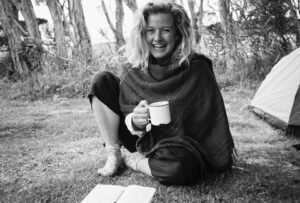Collaborative conservation: The story of Ned’s Forest
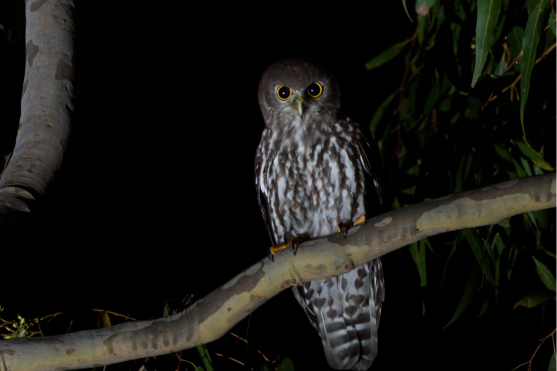
This is a story of the crucial role a teenager played in saving a precious parcel of remnant coastal bushland from development, the power of collaboration and the different skills and experience that helped it happen.
This story was first published in Inspiring Stories of Giving Vol 2 in August 2024.
In 2022, then 15-year-old Ned McNaughton, a keen nature photographer, took his camera to the border of a 69-acre large parcel of land in Meringo on the NSW south coast, a few kilometres from his home. “I go out into the bush and look for animals to photograph,” he said. “I love it. I’d heard from a man who lived in the area that there were powerful owls there, so I went looking and found them.”
Two weeks after this sighting, Ned had another sighting, this one less positive. One evening he noticed a clearing being prepared for sub-division with tags marking trees to be saved from the chainsaw.
Ned mentioned his concern to his mother, Fleur, who in turn told a family friend at Local Land Services. Word spread among the community, which is where his neighbours Julie and Mark Mills enter the picture. Julie and Mark, passionate about maintaining biodiversity, had become increasingly concerned that urban sprawl was destroying the environment in the region.
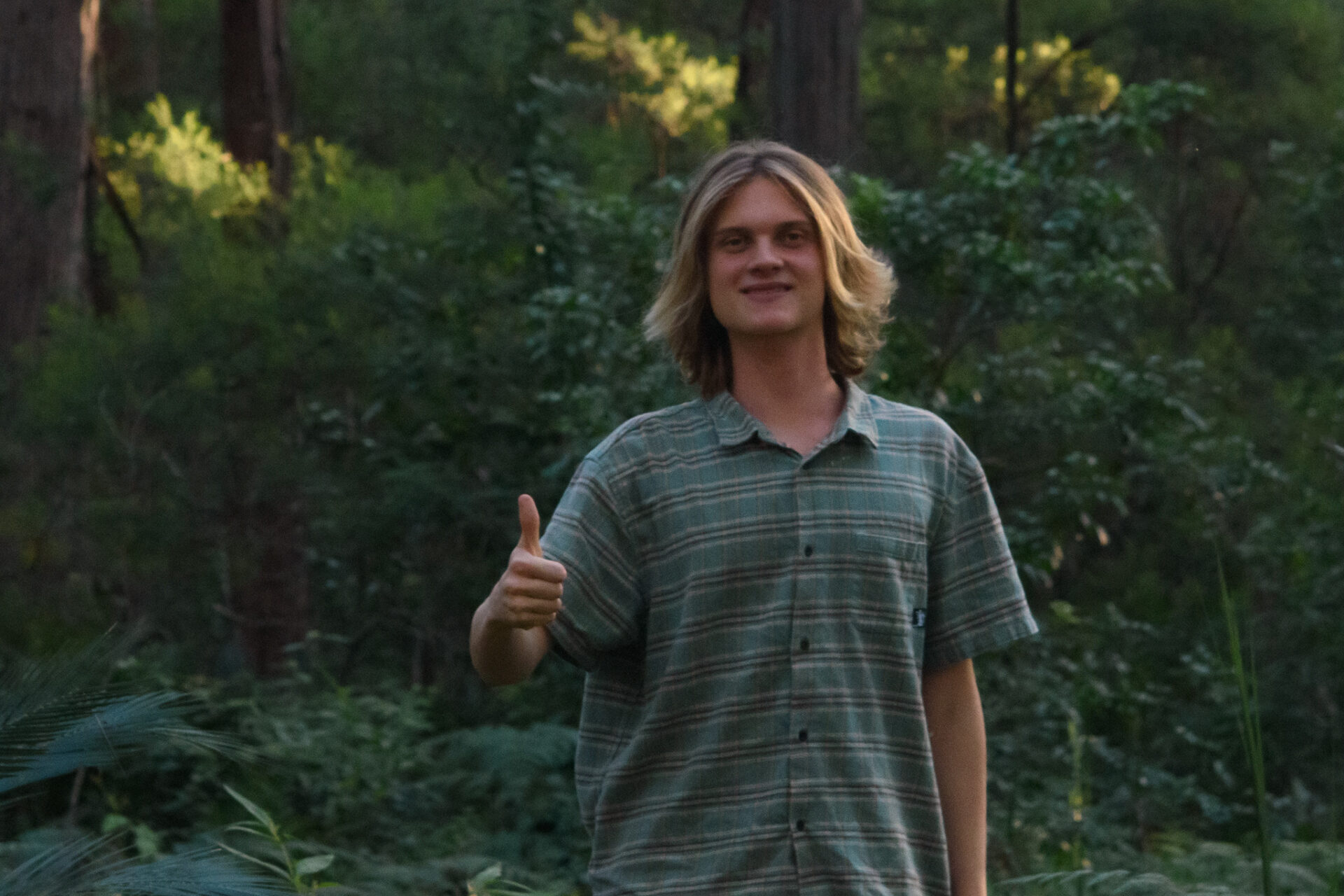
Mark, Julie, Ned and Professor David Lindenmayer, a world-leading expert from the Australian National University in forest ecology and biodiversity conservation, visited the property.
They found patches of old-growth habitat including 200-year-old hollow-bearing trees supporting populations of threatened and critically endangered species, including southern greater gliders, powerful owls, yellow-bellied gliders, glossy black cockatoos and brush-tailed phascogales. The Black Summer fires of 2020 had destroyed vast tracts of old-growth bushland in the area.
When Professor Lindenmayer confirmed to Julie and Mark that there was “an extraordinary range of species there”, they decided to provide the funds to purchase the property.
At around this time, Julie was talking with passionate environmentalist Jim Phillipson at an event. She said that the coast of Australia was being cut up into decreasingly small parcels and there was no philanthropic model for communities to come together to purchase land that was significant in its biodiversity.
“Jim said, ‘Actually I’m developing one of those’. And it led from there,” said Julie.
Biodiversity Legacy, a not-for-profit (NFP) launched by Jim, was engaged for support with due diligence on purchasing the property and protecting it in perpetuity. Once the property’s title was transferred into a safe ownership structure, the land was saved from development.
Julie and Mark named it Ned’s Forest.
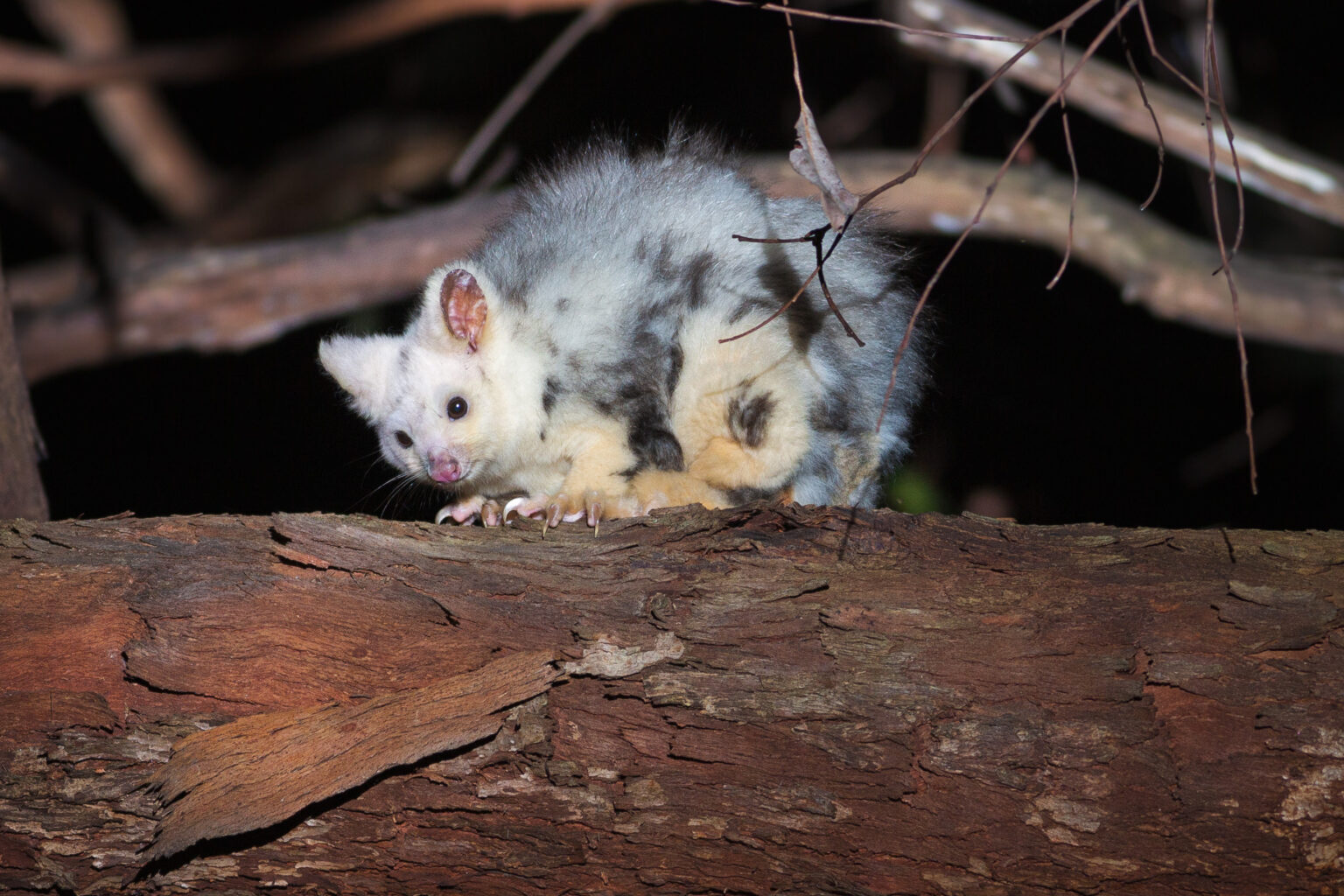
It was due recognition for the teenager who had started a series of actions involving a coalition of individuals and organisations, all of a like mind to protect the biodiversity of the area. “I’m super proud to have my name associated with something so good,” Ned said of the forest’s name.
“Habitat fragmentation has become such an issue in this area and conserving small parcels of land is so doable when there are funds to do it. This is what people should be investing their money into.” Ned said the contribution by Julie and Mark was “so generous of them”.
Ned’s actions – which became the subject of a story in the local paper and the ABC – underline the importance of raising awareness and the effectiveness of doing this strategically. “Talking about it, starting conversations is the biggest thing, because otherwise nothing happens,” Ned said.
Jim and his wife, Heather, are Gippsland locals, who have been deeply involved in environmental protection for many years. In 2017, they set up the Rendere Trust and associated entities, such as Biodiversity Legacy, which provides funding and strategic advice to eco start-ups and environmental organisations.
Through these entities, funds have been directed into peak environmental bodies and local NFPs to support a range of biodiversity programs in Gippsland. The role of the Rendere Trust, Jim said, is to provide core funding for NFPs to do “the heavy lifting” by empowering them to operate sustainably and flexibly. This ensures they can achieve long-term conservation goals and respond effectively to emerging challenges.
It’s work that is crucial. “We’ve seen the destruction and loss of the environment and that’s moved us from being takers – if you can use that word – to givers,” Jim said. “We realised that unless we start to give back to the environment, then our kids and their kids and their kids will have far less environment. And that’s the case all over the world.”
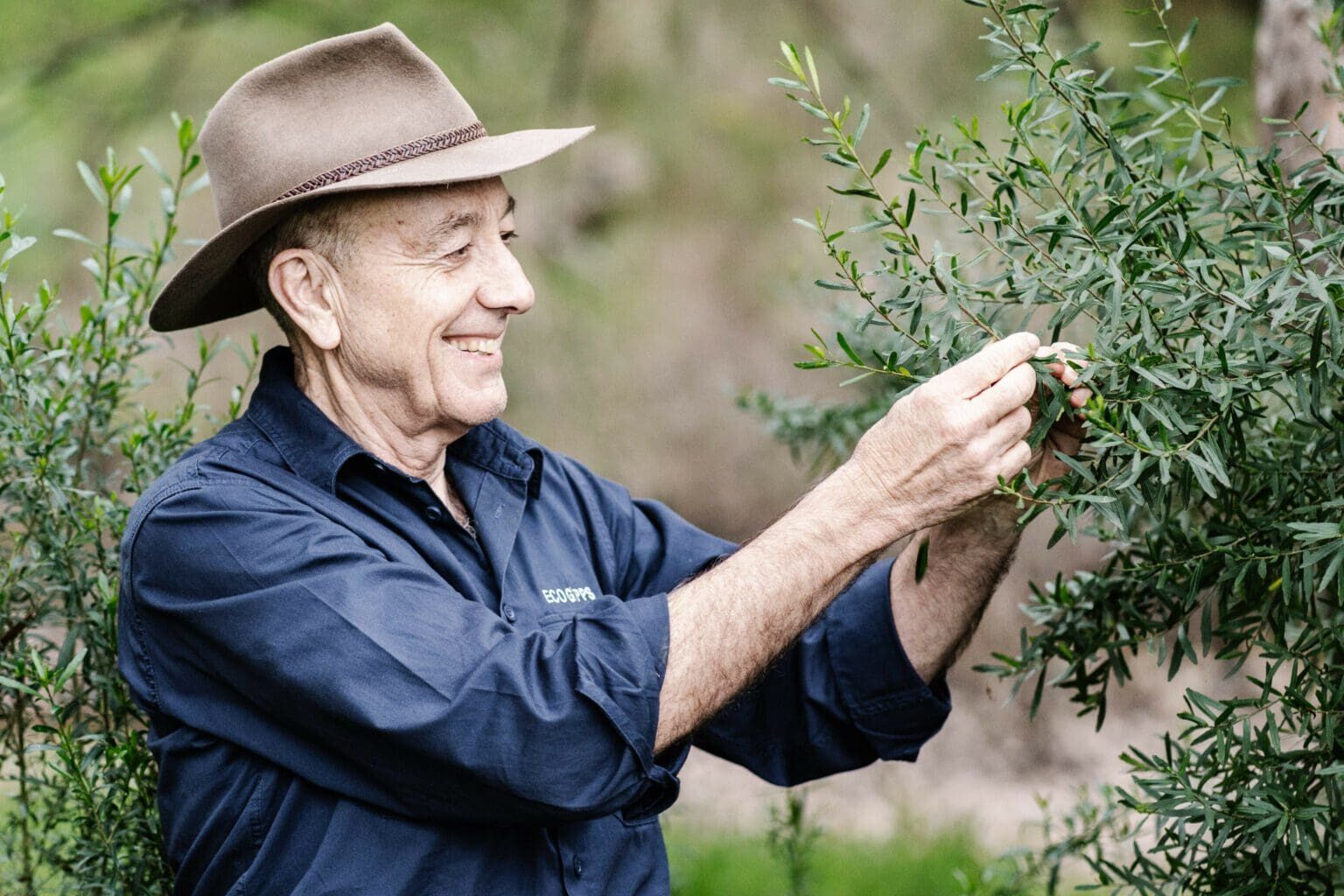
Rendere’s model is entirely collaborative, aligning the power of fundraising with the knowledge and energy of organisations on the ground working. Rendere is also the visionary behind several parallel initiatives, including Nature Impact Collective (NIC), a group of philanthropists seeking to collaborate on biodiversity projects. In 2024 NIC dispensed $1.35 million to five NFPs across Australia and in 2025 anticipates doubling that figure.
“What we’re doing is transferring land into what we loosely say is ‘common land’,” said Manager of Networks and Relationship at Biodiversity Legacy, Loulou Gebbie. “It’s a transfer of land that is not an investment or a way to accumulate wealth, but something for everyone.”
It’s an innovative model that is gaining support at local government level. In 2018 the Bass Coast Shire in Victoria, having worked with Biodiversity Legacy, launched the Bass Coast Biodiversity Biolinks Plan to connect remnant patches of indigenous vegetation using biolinks or wildlife corridors.
It showed that the model could be replicated and adopted by governments.
Loulou said Ned’s role underscored that everyone can contribute to conservation in different ways. “Ned is such a great example of a passionate young person who has a voice and is able to enact change without necessarily having the financial resources to do so, but instead by speaking up, connecting and acting in partnership with generations to raise awareness and draw on collective skills and resources.”
What we’re doing is transferring land into what we loosely say is ‘common land’. It’s a transfer of land that is not an investment or a way to accumulate wealth, but something for everyone.”
Biodiversity Legacy prioritises transparency with First Nations groups BDL land transfer projects. “BDL wants to support and empower First Nations voices and organisations and we think the best way we can do this is to share as much as possible from what we have learned by developing pathways for perpetual land protection. Of course, for any land returning to First Nations groups, this needs to be 100% First Nations-led.”
Two years on, that conversation between Ned and his mother has now been heard around the country.
